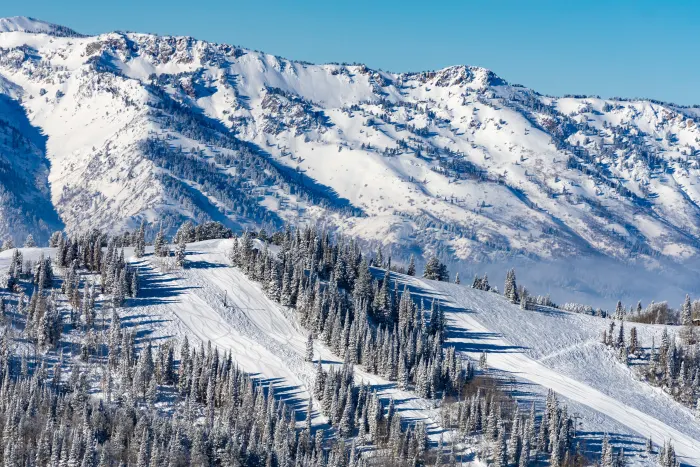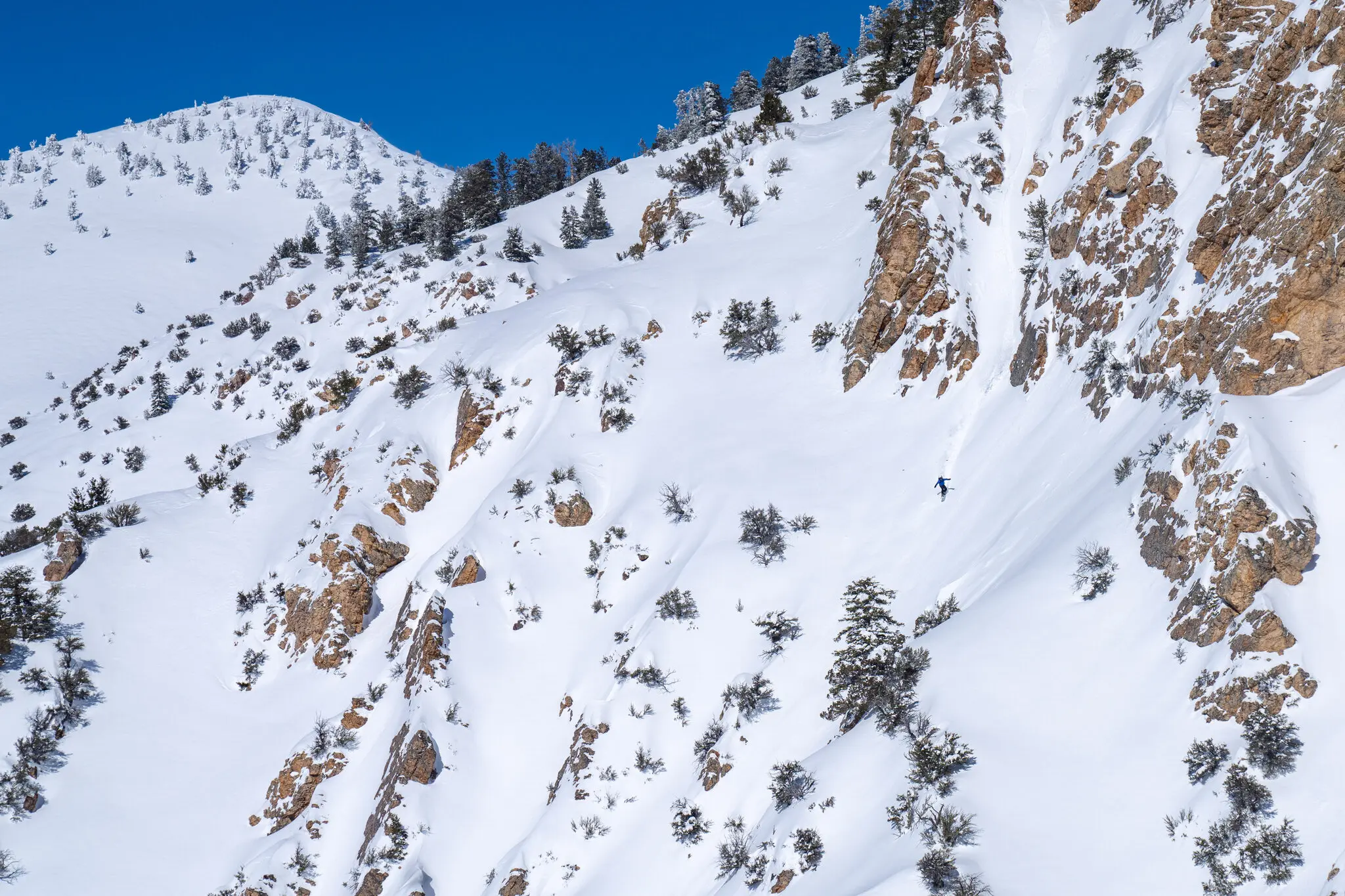
Could the semi-private model at Powder Mountain, Utah, be the future for independent ski resorts? The new CEO of Powder Mountain and principal investor, Reed Hastings, certainly believes so. Hastings sees it as a model for keeping large ski areas independent from big corporations such as Vail Resorts. By selling private memberships to half the visitors on the mountain, the running costs and upgrades to the other half for public use will in theory be covered. As one of the co-founders of Netflix, you would assume he knows a thing or two about business. With the rise of the possible duopoly of Ikon and Epic passes as well, the future for independent ski areas seems to be dwindling. As the largest ski area by acreage in the U.S., it would make sense that Powder Mountain is in the sights of these bigger corporations. As Hastings says in an interview with Tim Ferriss on his podcast, he sees this as an opportunity to “Build a community that is very adventurous, artistic, creative, outdoorsy.”
With parcels starting at $2 million, the real estate for sale is not within everyone’s budget, but that’s the point. With private access to 4,500 acres, or half the resort’s total acreage, this is an option for those with the finances to back up their want for empty powder-filled slopes. With a yearly snowfall of 360 inches, and a yearly membership fee starting at $30,000, that’s somewhere in the region of 84 dollars an inch of snowfall. When you look at it like that, it doesn’t sound that outrageous, especially if you can afford the $2 million plus for the parcel. The model is based on other private skiing places such as the Yellowstone Club, but in Hasting’s words “They’re all super expensive, and we’re relatively affordable.” With the Yellowstone Club requiring $400,000 alone to become a member, Hastings could very well have a point. The real estate costs in ski resorts in general could put the Powder Mountain offerings firmly in the minds of fairly well-heeled skiers as a viable option. With homes in Aspen, Colorado, and Alta, Utah, both starting at around $3.5 million, who wouldn’t be swayed by private skiing for a similar price tag?

The rest of the resort, which is still a respectable size as far as ski resorts go, will remain open to the public for skiing and boarding. The 24/25 season pass is $1,499 for the Early Bird Pass, gives the public access to nine of Powder Mountain’s 12 ski lifts and access to an impressive 4,500 acres. As a comparison, Lake Louise, Alberta, offers 4,200 skiable acres and the season pass is priced at $1,153. The public terrain at Powder Mountain is incredible, and only three chairlifts on the mountain will be part of the private area. The nine public lifts include the updated Paradise High Speed Quad, and the updated Timberline Lift.

Could the model at Powder Mountain hold the key to the future of independent ski resorts? It is certainly a version of the future that could work. To use the higher-spending clients to help subsidize the cost for the public seems like an equitable and logical business plan. At the same time, it gives exclusivity and VIP access to those who can afford it. Realistically, skiing and snowboarding will see lift pass prices rise in most resorts as infrastructure costs have to be recouped. In Hasting’s vision, a portion of the burden of paying for these costs would be borne by the members, in return for exclusive access to some of the best powder skiing anywhere in the U.S. One could consider this a win-win scenario for the future of ski resorts.